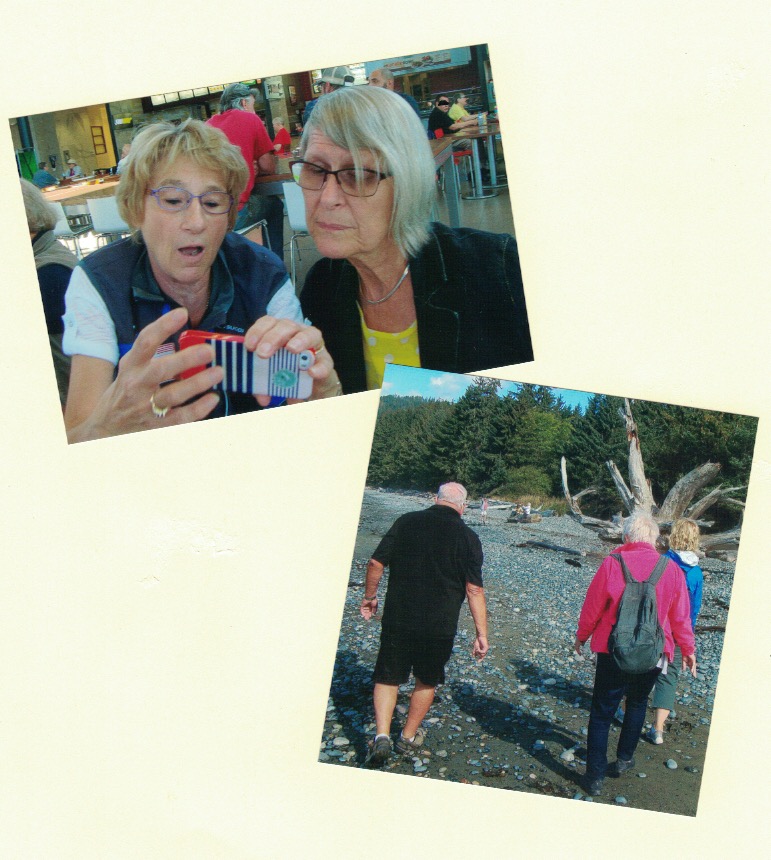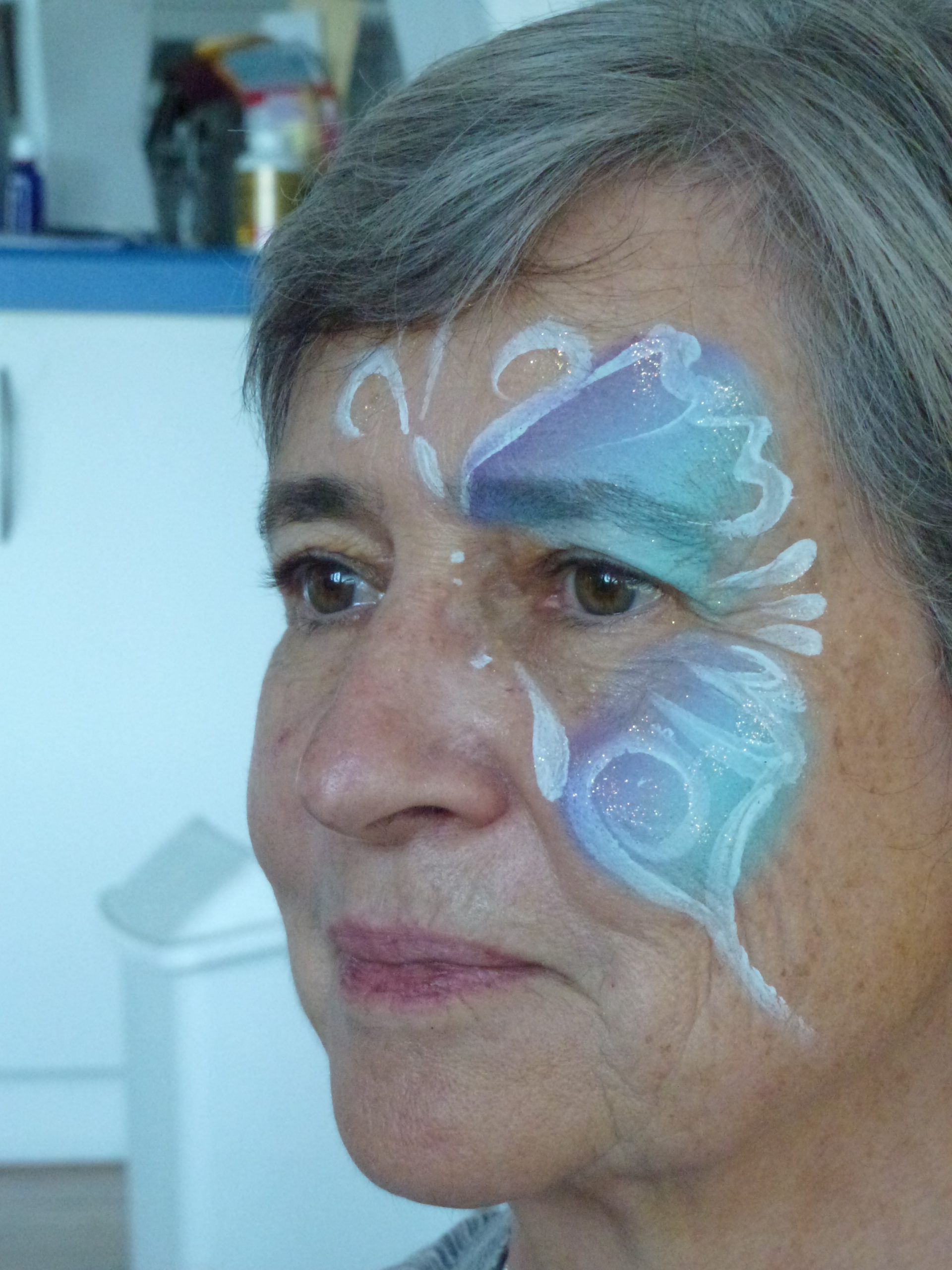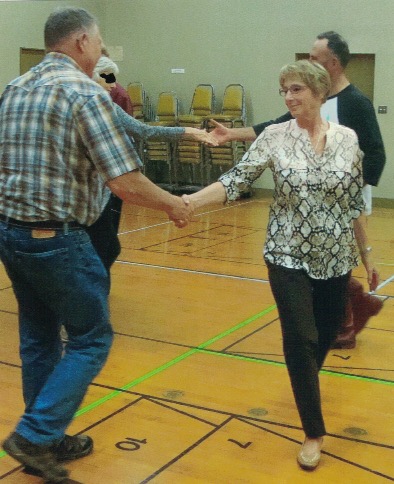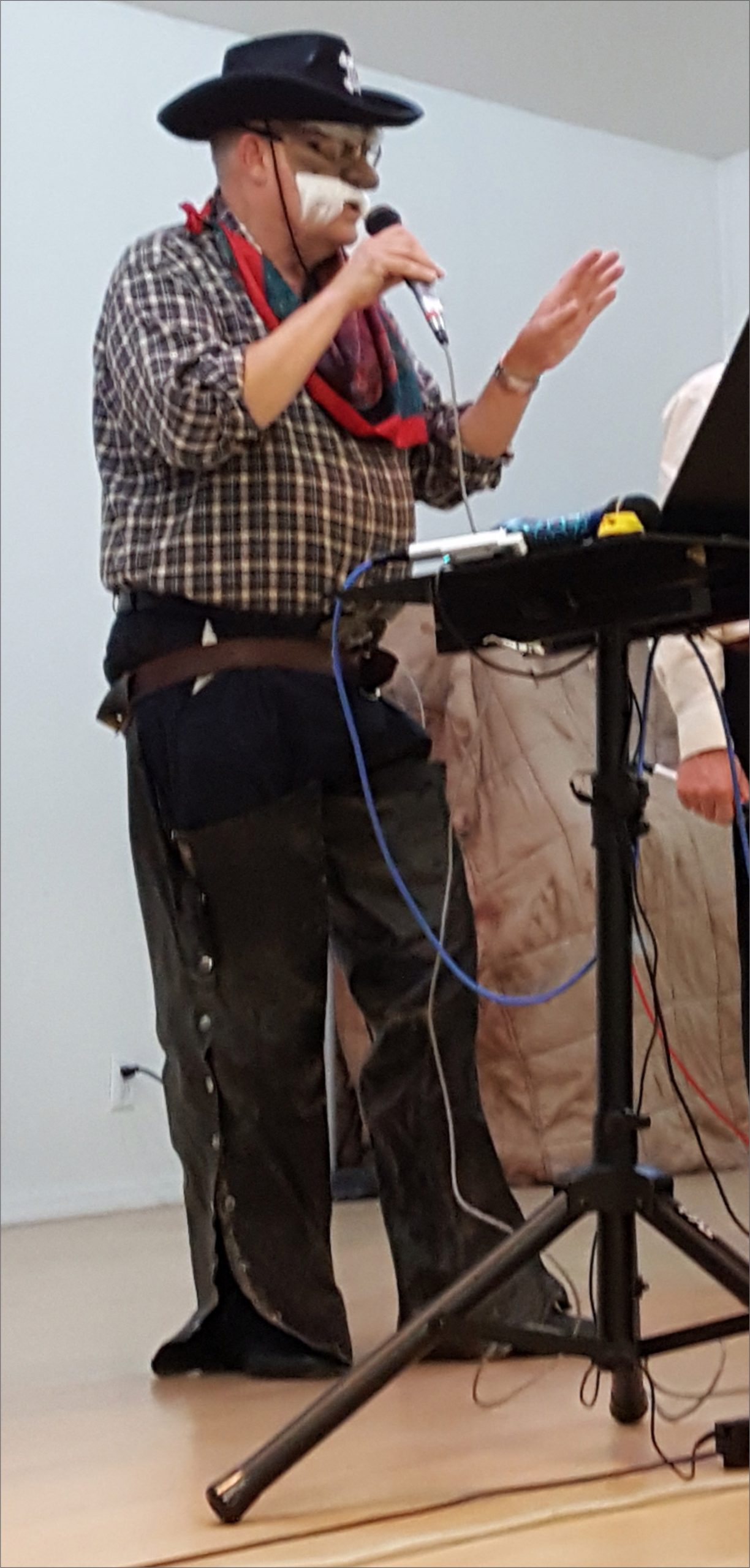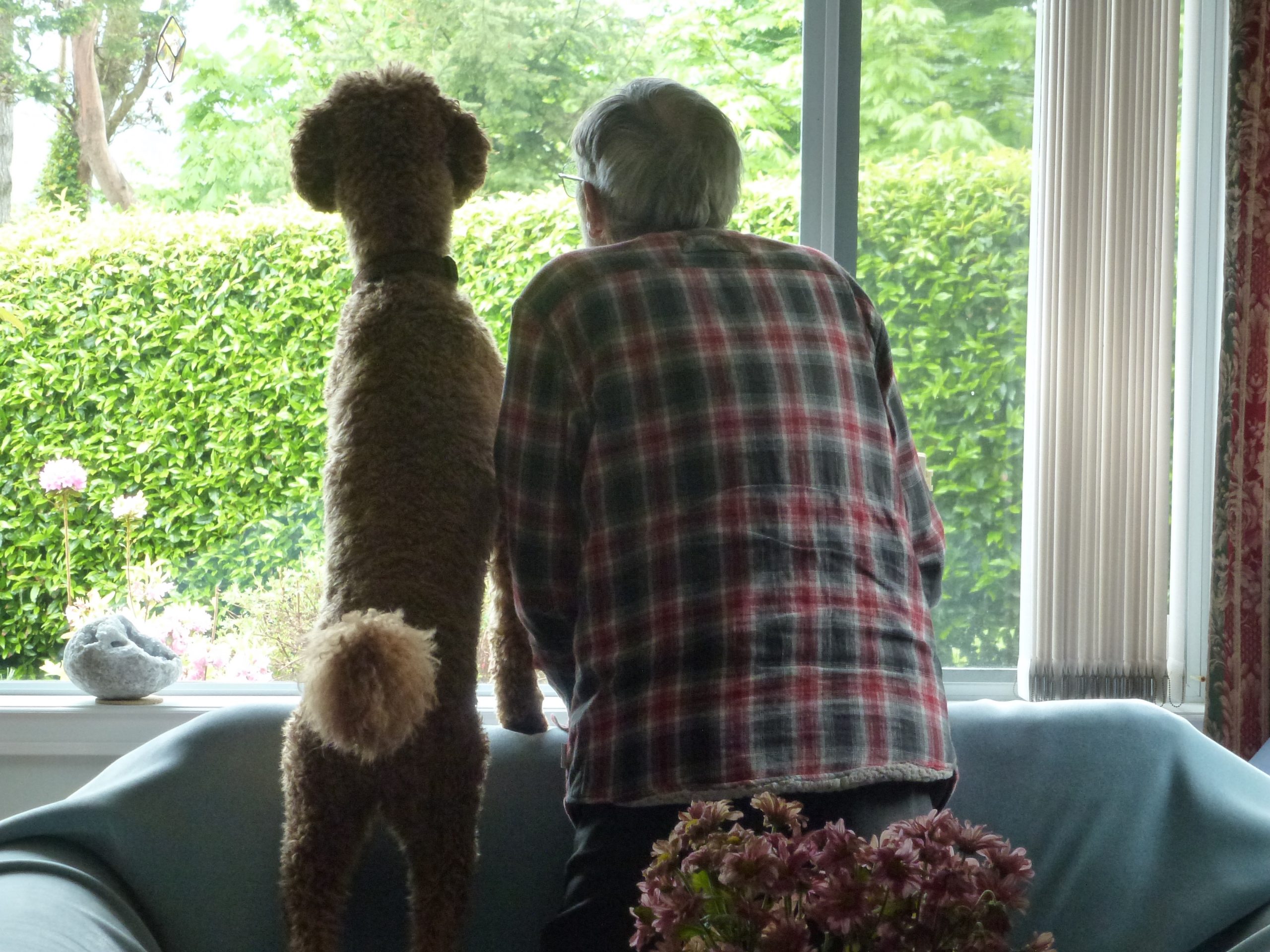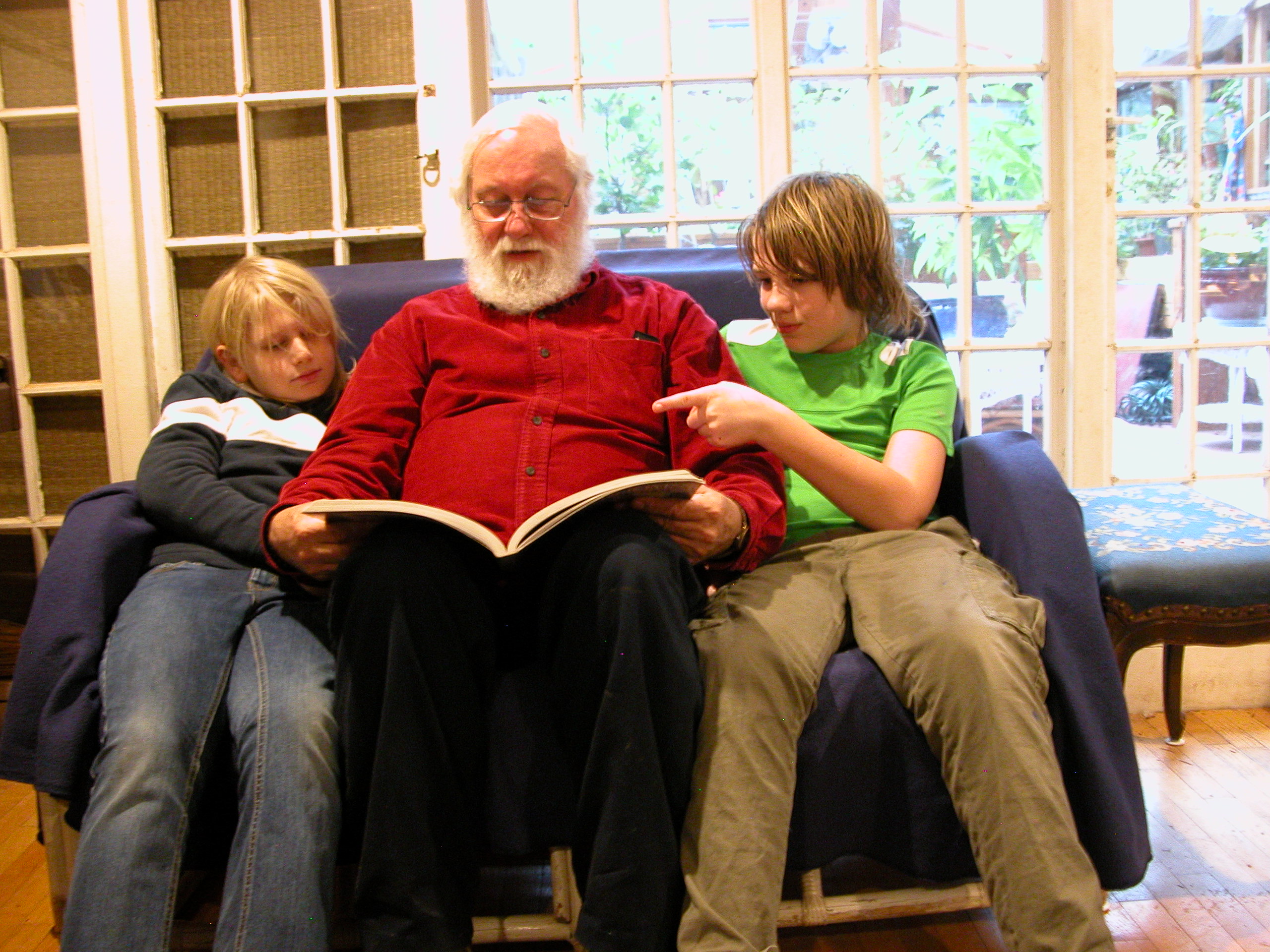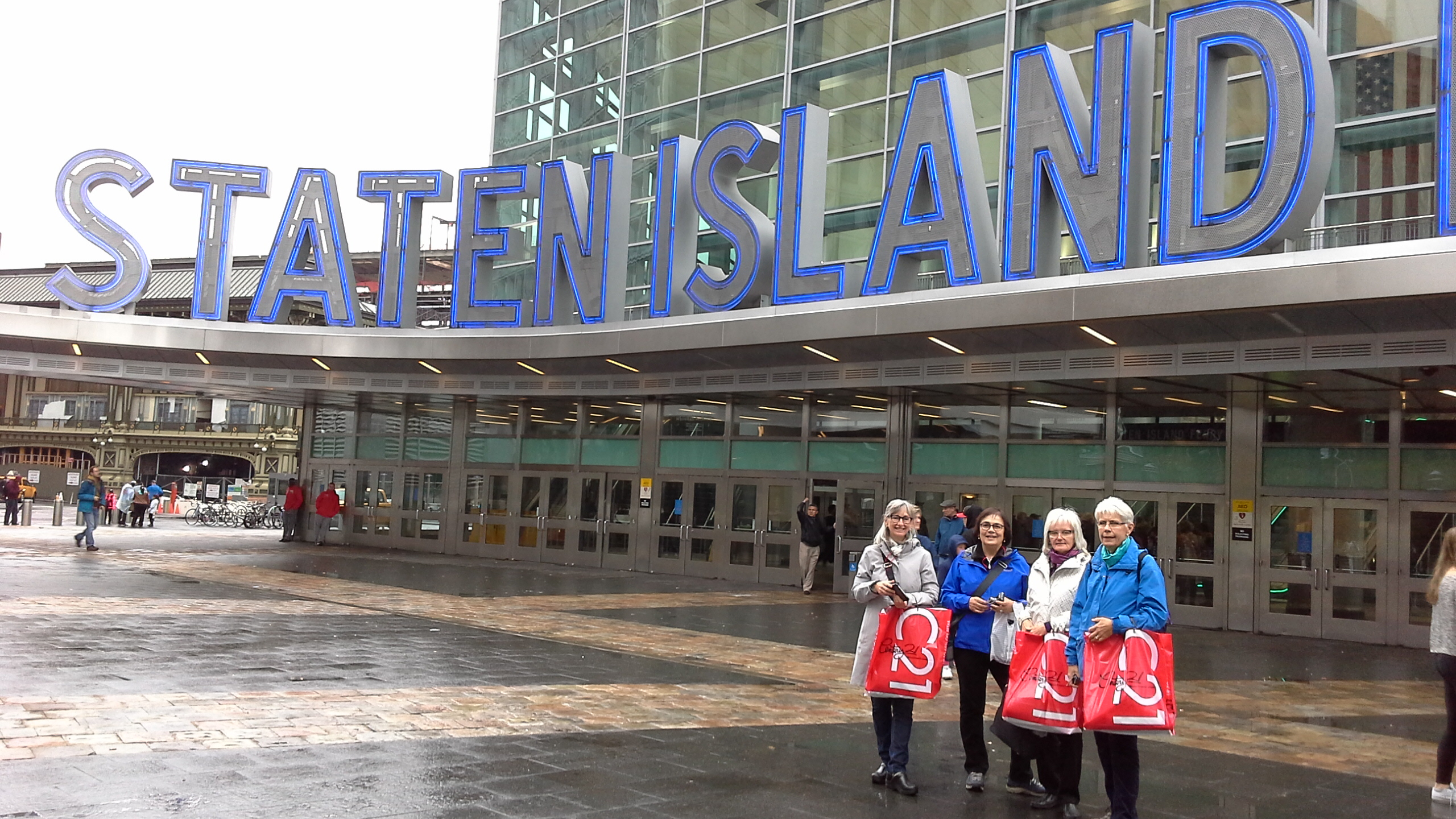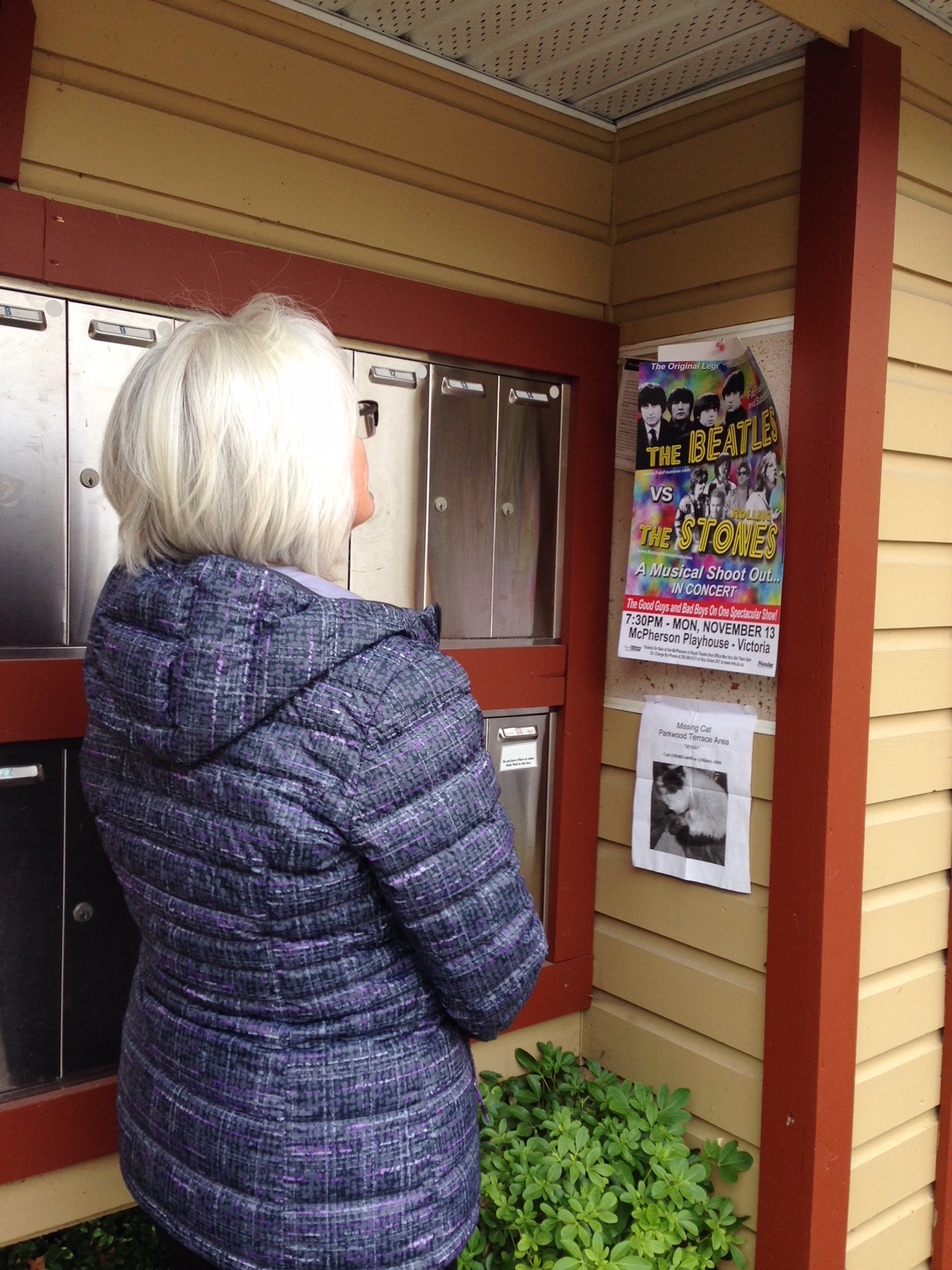Time, creativity and relationships
Introduction
‘Time, creativity and relationships’ is an elaboration of ‘Healthy aging.’ The majority of the photographic images, along with the accompanying text and audio clips, illustrate the creative, emotional, and spiritual life of older adults which also play a very large role in contributing to ‘healthy aging.’ The photographs in this section reflected participants responses to the last two questions they were asked to address: 2) What does old age actually look like to you, irrespective of what society and media depict as old age? and 3) How would you like old age to be portrayed in media and popular culture? Their photographic images and interviews emphasized the importance of creativity – art, music, dance and performance – in the life of older adults who have more time to engage in creative endeavours in their post-retirement years Participants also discussed the importance of connection and intergenerational relationships with friends, partners and grandchildren, as well as with family pets. Volunteering was also another way to contribute to the community and help to bring people together. All of these relationships contribute to healthy aging, whether within a cohort of similarly aged older adults or through intergenerational relationships.
Discussion and analysis
In previous sections of this website, both groups of participants have discussed issues that have had a connection to the WHO (2020) definition of ‘healthy aging.’ However, because this section has a focus on how life changes after retirement – what the gift of time makes possible, only the images and interviews from participants in the older age group are represented. All of the older group of participants (who ranged in age from 65 to 78) had retired, with the exception of one person who had retired but then established a small part-time business. It should be noted that in previous sections of this website participants from the younger age group emphasized the importance of family connections, as well as intergenerational mixing and relationships (which is also discussed by participants in the older age group on this page), but they did not mention retirement in their interviews.
‘Healthy aging’ as defined by the World Health Organization is: “The process of developing and maintaining the functional ability that enables wellbeing in older age… Functional ability is about having the capabilities that enable all people to be and do what they have reason to value, which includes a person’s ability to: 1) meet their basic needs; 2) learn, grow and make decisions; 3) be mobile; 4) build and maintain relationships; and 5) contribute to society” (WHO, 2020). Throughout their interviews, participants emphasized the positive aspects of being an older person, which in large part involve having the time following retirement to explore a variety of activities from volunteering, to connecting with other people and their communities, to exploring their creativity.
It should be pointed out however, that there is fundamental inequality in the concept of having time to explore creative interests or engage in these other activities, primarily due to the socioeconomic inequality of older age. While some older adults are financially secure and have time in post-retirement to pursue various interests and activities, many older adults cannot even afford to retire at 65 (never mind the Freedom 55 idea of early retirement), which is a situation that was discussed by a younger participant in a previous section. [See Gender and class – bias and inequality). Unfortunately, numerous older adults have to work for as long as their physical health will permit just to be able to afford housing and food. For these older adults, having time to engage in many of these kinds of creative activities (or have the extra income to afford them) is a fantasy. Yet, creative expression takes many forms, and not all involve money. One participant for example, who lived on a fixed low-income, felt that if you are fortunate enough to live in subsidized housing there are ways to express your creativity that are affordable. For her, gardening is creative and the complex she lived in had a shared community garden. This provided an opportunity for her to be outside in nature, grow her own food, and engage with others while also being creative.
For the older adults who are able to retire at 65 or younger and are financially secure, having the time to explore their creativity or intellectual pursuits is very appealing. Through their photographs and interviews, participants emphasized the importance of creativity – art, music, dance and performance in the lives of older adults who, in their post-retirement years have more time to engage in creative endeavours. One participant discussed her personal interest in engaging in the art making process, as well as talking about other seniors she knew who also engaged in art activities, such as painting, photography, pottery, and jewellery making. This participant said that it’s not only because older people have time that they are drawn to art but, according to her, “there were a number of studies that indicate that as we get older our brains are actually wired to become more creative. And so, seniors paint not so much because they have time but because there is an internal compulsion to be more creatively expressive.” In addition to the visual arts, the other two participants provided photographs for their interviews that illustrated the fun and enjoyment of participating in music and the performing arts (square dancing, as well as singing and entertaining for other people).
The importance of intergenerational relationships in the context of their own lives was emphasized by all of the participants. They also mentioned the beneficial effects that representation of intergenerational relationships in media and popular culture would bring (which is unfortunately lacking). Two of the male participants and two of the female participants talked about the enjoyment they experienced interacting with their grandsons. One of these participants also talked about the value of intergenerational mixed housing that is much more popular in the Scandinavian countries than it is in Canada. He also discussed the benefits of multigenerational family living which takes places in many cultures but is not very prevalent and generally discouraged in ours. One female participant who has always been very involved with her large closely connected intergeneration family felt strongly that if you have had good relationships with your grandparents, it helps to build positive attitudes about older adults, which is a position that is supported in the academic literature (Hagestad &Uhlenberg, 2006; Cadieux et al., 2019). .
In addition to relationships with other human beings, two participants also brought up relationships with pets. One female participant discussed how having the time to engage with family pets can also help people open up to other humans in a deeper way. And another female participant talked about how rewarding pets are for older people, especially if they don’t have a partner. Pets (dogs in particular) encourage people to get out of their homes more often and engage with other people and their community, thereby avoiding feelings of isolation. She also felt that pets “give you a purpose, which is important in old age.” She has a dog herself that she takes with her in a little basket on her bike, but she also mentioned that she has a disabled friend who has a little dog who brings her great happiness. Despite her disabilities, she is able to care for her dog and she takes him everywhere with her using her motorized wheelchair,
Ten of 11 participants emphasized the positive benefits of volunteering in the community, both to the community and to the individual volunteer who, through the volunteer work, becomes more connected with the community and experiences a sense of purpose and satisfaction from helping others. One female participant pointed out that volunteering is something all older people can do even if they are disabled. She also emphasized that It provides a way to be useful to society and help others in older age, consequently bringing meaning to their lives. One female participant also said that volunteerism by the older generation also shows that “seniors have compassion for others who are 65+ to 90s.” A number of participants also mentioned that as well as helping others, volunteerism helps to reduce loneliness. On a different note, one of the male participants found that getting involved in new creative activities after he retired – learning square dancing – helped him tremendously in his difficult transition from being a CEO of a large company to retirement, where without work, he lost his identity and status. He felt for quite some time after retirement that he no longer had value in society. But when he took up square dancing, he soon became proficient enough to teach as a volunteer, and then added singing and performing for others (also as a volunteer). Seeing the enjoyment he brought to others though teaching square dancing and performing (singing) for other people restored his confidence and gave him a sense of belonging and purpose. He was then able to continue to build a healthy post-retirement life for himself.
These are descriptions of some of the many ways that seniors spend their time after they retire. And having more time, now that they no longer have to spend the majority of their days doing paid work, opens up many new possibilities of exploration for the older adult, a journey made easier with financial means. These participant images, audio clips and text have pointed out that these participants see many positive aspects of older age despite the emphasis on the cult of youth portrayed in popular culture.
